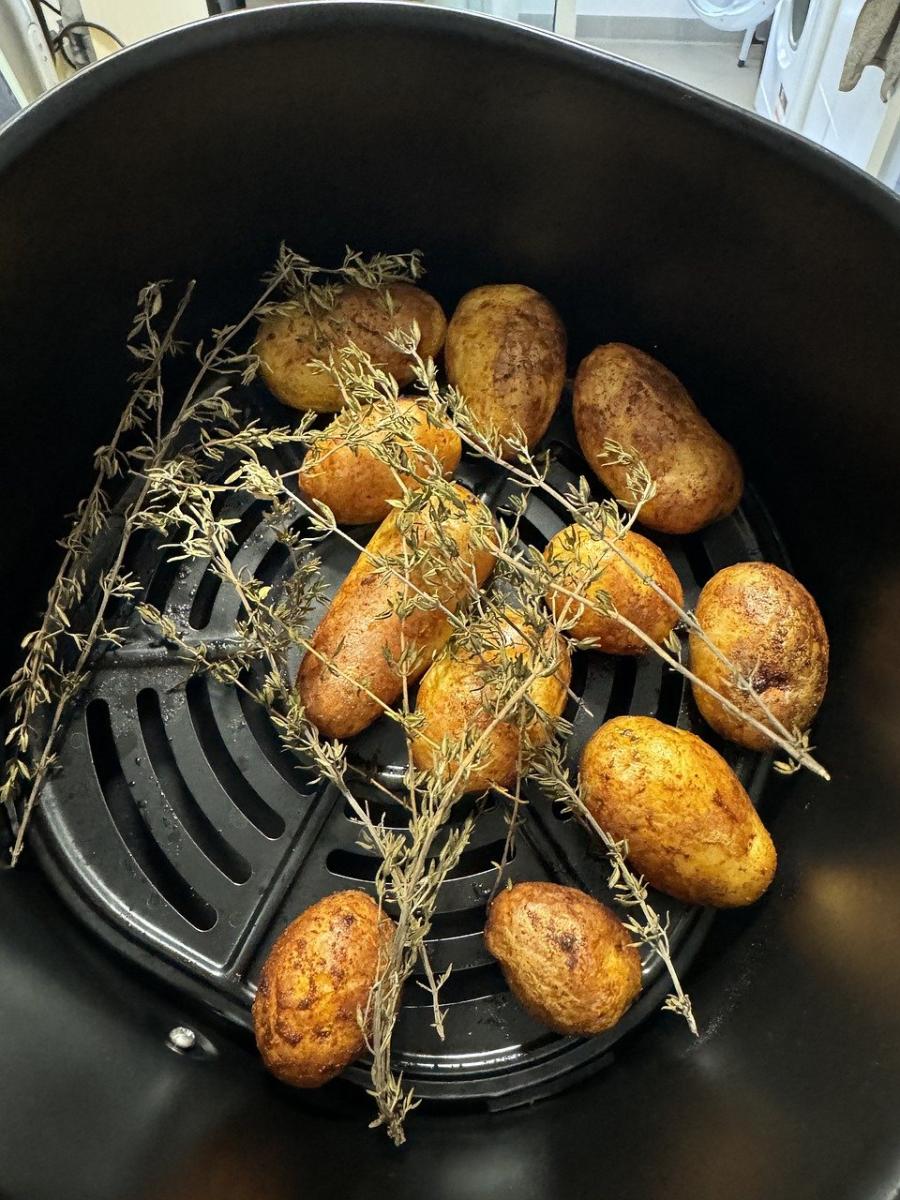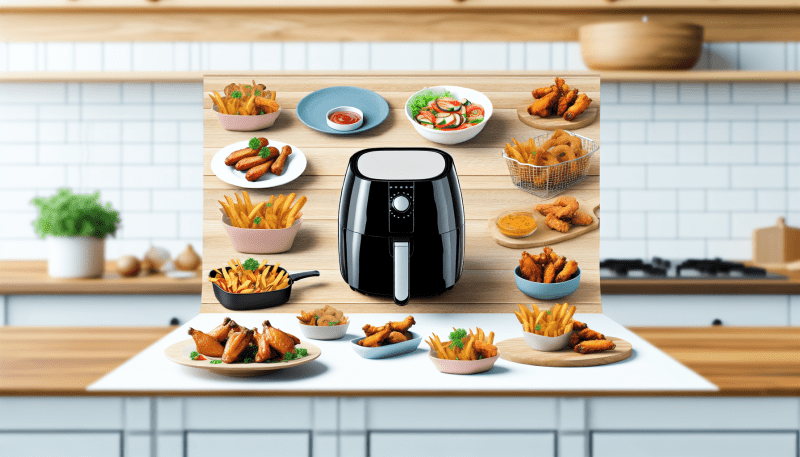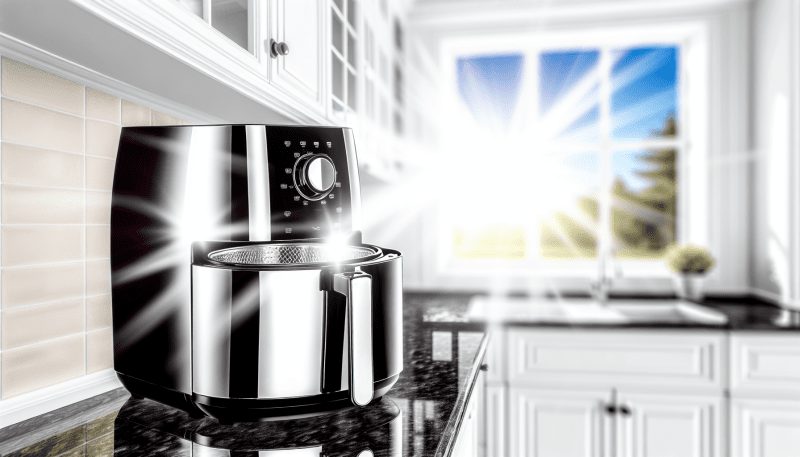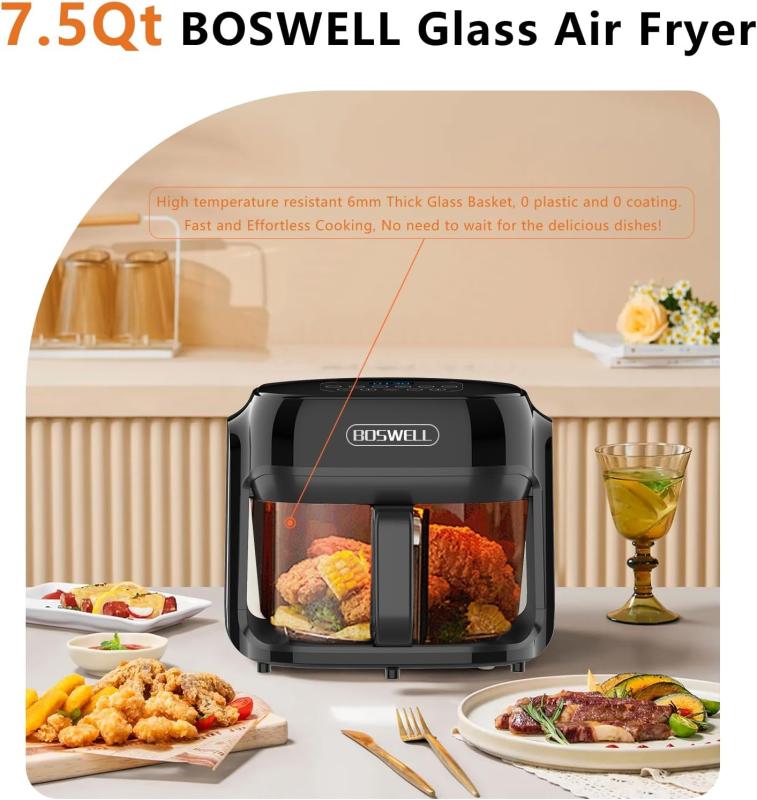Air fryers made their debut in the culinary world in the early 2000s, and boy, did they shake things up! Designed to mimic the crispy results of traditional frying without submerging food in hot oil, they quickly became a household favorite. Imagine being able to enjoy those delicious, crunchy fries with a fraction of the fat – that’s the magic that air fryers brought to the table.
At first, the technology was pretty basic. Most models used rapid air circulation to cook food. This meant that hot air would move around quickly, giving everything an even cook with that satisfying crunch. The convenience factor was a huge hit. No more waiting for oil to heat up or dealing with messy clean-ups afterward. Just pop your food in, turn it on, and let it work its magic.
As time went on, manufacturers began adding features to make air fryers even more appealing. Digital displays, pre-set cooking options, and even multi-function capabilities started popping up. Some could grill, bake, and roast, making them a versatile addition to any kitchen. This evolution made air fryers not just a fad, but a staple for many cooking enthusiasts.
People loved the idea of cooking healthier versions of their favorite dishes without sacrificing taste. From crispy chicken wings to fluffy doughnuts, air fryers opened up a world of cooking possibilities. They quickly went from being a novelty item to a must-have kitchen appliance for food lovers everywhere.
First Generation Features
When you think of air fryers today, you might imagine sleek designs and advanced features. But the first generation of air fryers was all about making frying a bit healthier and easier. These early models introduced us to the idea of using hot air for cooking, making it possible to enjoy crispy food without the guilt of deep frying.
One of the standout features of first-generation air fryers was their unique convection cooking method. They circulated hot air around the food, which helped achieve that golden brown exterior we all love. This meant less oil was needed—just a light spray, and you were good to go!
Another notable feature was the simple interface. Early air fryers usually came with basic dials or buttons, making it easy for anyone to use, regardless of cooking skill. You set the temperature and the timer, and off you went! No complicated programming or fancy displays; just straightforward cooking.
Lastly, these initial air fryers were often smaller and more compact, perfect for those with limited kitchen space. They were designed for quick meals and made it easy to whip up snacks or sides without a lot of fuss. This convenience played a huge role in getting more people interested in healthier cooking options.
How Air Fryers Became Popular
Air fryers have taken the kitchen world by storm, but it wasn't always this way. The journey of air fryers really began around the early 2000s, when people started looking for healthier alternatives to traditional frying methods. Deep frying can add a lot of calories and unhealthy fats to food, and as more folks became health-conscious, the search for better cooking methods surged.
The pivotal moment came in 2010 with the launch of the Philips Airfryer. This nifty gadget gave people a way to enjoy their favorite fried foods with significantly less oil. The idea was simple: use hot air circulation to create that crispy texture we all love without dunking everything in oil. At that point, it began to catch on quickly, and social media played a huge role in spreading the word.
Fast forward a few years and you’ll see air fryers popping up in kitchens everywhere. With consumers sharing recipes and tips online, they became a staple for busy families and health enthusiasts alike. Cooking with an air fryer can save time and effort, making it easy to whip up meals without a lot of fuss.
Today, air fryers come with various features, such as multiple cooking functions, preset cooking options, and even smart technology. These gadgets have evolved to not only air fry but also bake, roast, and grill, adding even more versatility to your culinary adventures. It's no wonder they've become a must-have kitchen appliance for so many!
Future Trends in Air Fryer Design
Air fryers have come a long way since they first burst onto the scene. As technology advances, we’re seeing some exciting trends in air fryer design that make cooking even more fun and convenient. One major trend is the integration of smart technology. Imagine being able to control your air fryer through an app on your phone! You could start cooking while you're out, adjust the temperature from the couch, or even get notified when your food is ready. How cool is that?
Another trend making waves is improved energy efficiency. With a growing focus on sustainability, manufacturers are designing air fryers that use less energy while still delivering that crispy goodness we all love. This means you can enjoy your favorite fried foods with less impact on the environment. Plus, these newer models often come with features like faster heating times, so you'll spend less time waiting around and more time enjoying your meal.
We're also seeing an emphasis on multi-functionality. Today's air fryers aren’t just for frying anymore. Many come with additional settings for baking, roasting, and even dehydrating. This versatility can save you money and counter space, making them a fantastic addition to any kitchen. You can whip up everything from homemade fries to a full chicken dinner, all in one handy machine!
Lastly, aesthetics are playing a bigger role. As air fryers become a staple in modern kitchens, manufacturers are paying attention to style. You’ll find sleek designs and trendy colors that fit seamlessly into your kitchen decor. After all, if you're going to display your air fryer on the counter, it might as well look good while it's doing its job!



